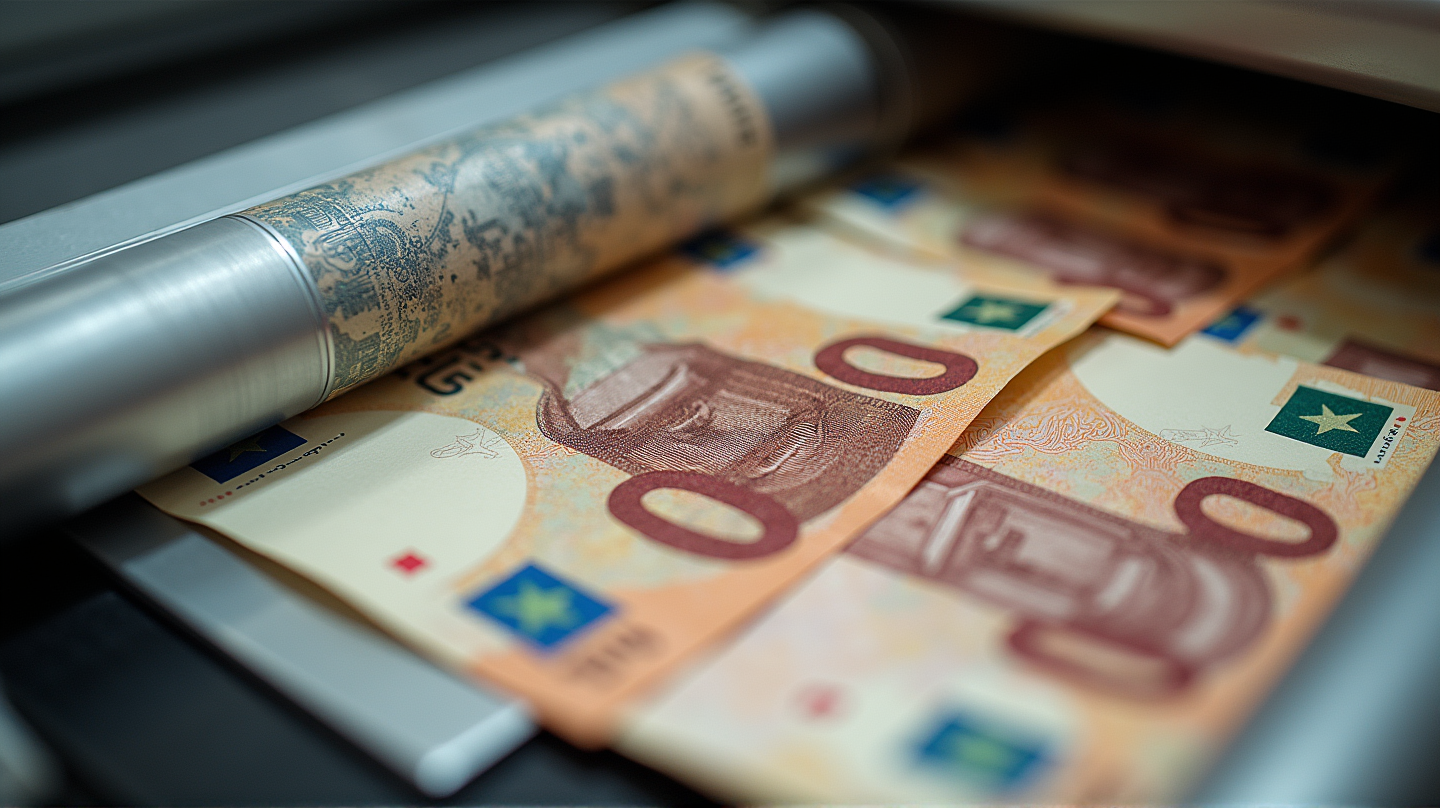Syrian Currency Prints Edge Closer to European Soil: A New Era
With the potential move of printing Syrian currency in Europe, a shift is on the horizon for Syria's economic future.

The political and economic landscape of Syria is potentially undergoing a transformative change with news that could shape its financial future: the Syrian currency might soon be printed in Europe. This announcement, revealed by Mikhail Unmacht, the acting head of the EU mission in Syria, marks a significant shift in how Syria plans to manage its economy.
The Current Economic Picture
For years, Syria’s economy has been grappling with severe turbulence, compounded by the longstanding civil conflict. The EU’s recent decision to print Syrian currency in Europe comes alongside a suspension of various sanctions on Syria. These include previously all-encompassing restrictions on sectors like transport and energy, providing a glimmer of hope for renewed economic cooperation.
Historical Context and Challenges
Historically, Syrian currency printing contracts have been fulfilled by Russia. According to coverage by Enab Baladi, these printing arrangements reflect deeper economic ties dating back to when Syria relied on Russian expertise and resources. But recent shifts suggest Austria could now step into this role, further indicating Europe’s broader engagement with Syrian economic policy.
The Design and Economic Impact
What does printing currency in Europe entail for Syria? As Dr. Abed Fadliah from Damascus University explains, this move is not just about aesthetics. The design of new banknotes reflects Syria’s evolving national identity and symbolizes a leap forward in enhancing economic stability and confidence. A well-crafted currency can symbolize cultural identity while ensuring high-security standards make counterfeiting difficult or near impossible.
Repercussions of Printing in Europe
Economist Adham Qudaimati weighs in on the expected repercussions. He remarks that printing the currency abroad could enhance both the quality and trust in the currency but underscores the importance of aligning with broader economic policies. Undoubtedly, the printing of Syrian currency in Europe signals a need for robust, strategic agreements that safeguard national interests and ensure economic viability.
Future Prospects and Agreements
Future agreements on printing will consider various factors, including the quality, the cost, and the political leanings of potential host countries. Qudaimati argues that printing abroad is a strategic necessity for now, owing partly to Syria’s isolation from the global financial system. With external printing, however, comes an imperative to maintain comprehensive studies that ensure the economic objectives are met.
The printing of Syrian currency in Europe represents yet another chapter in a saga that could redefine Syria’s economic narrative. As stated in the Enab Baladi, this potential pivot in currency production could reshape not just how Syria manages its cash flow, but how it is positioned within global financial systems. As this story continues to unfold, the complexity of Syrian-European negotiations remains critical.





